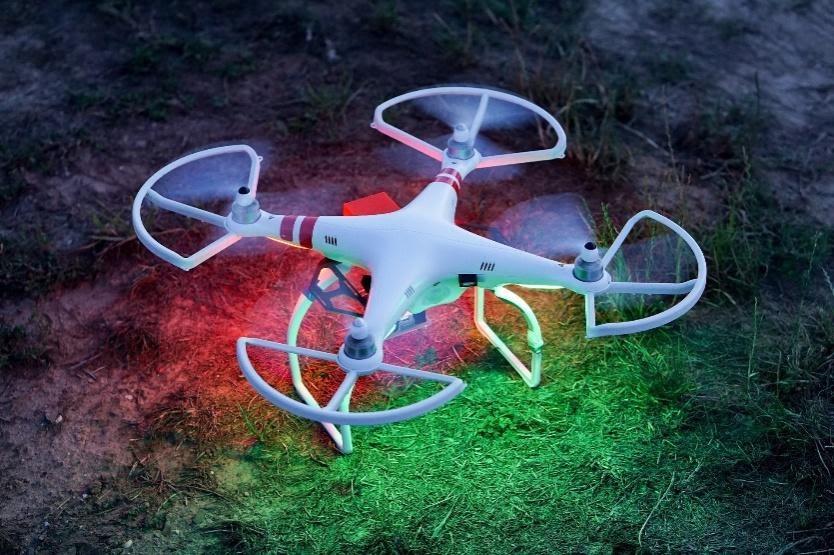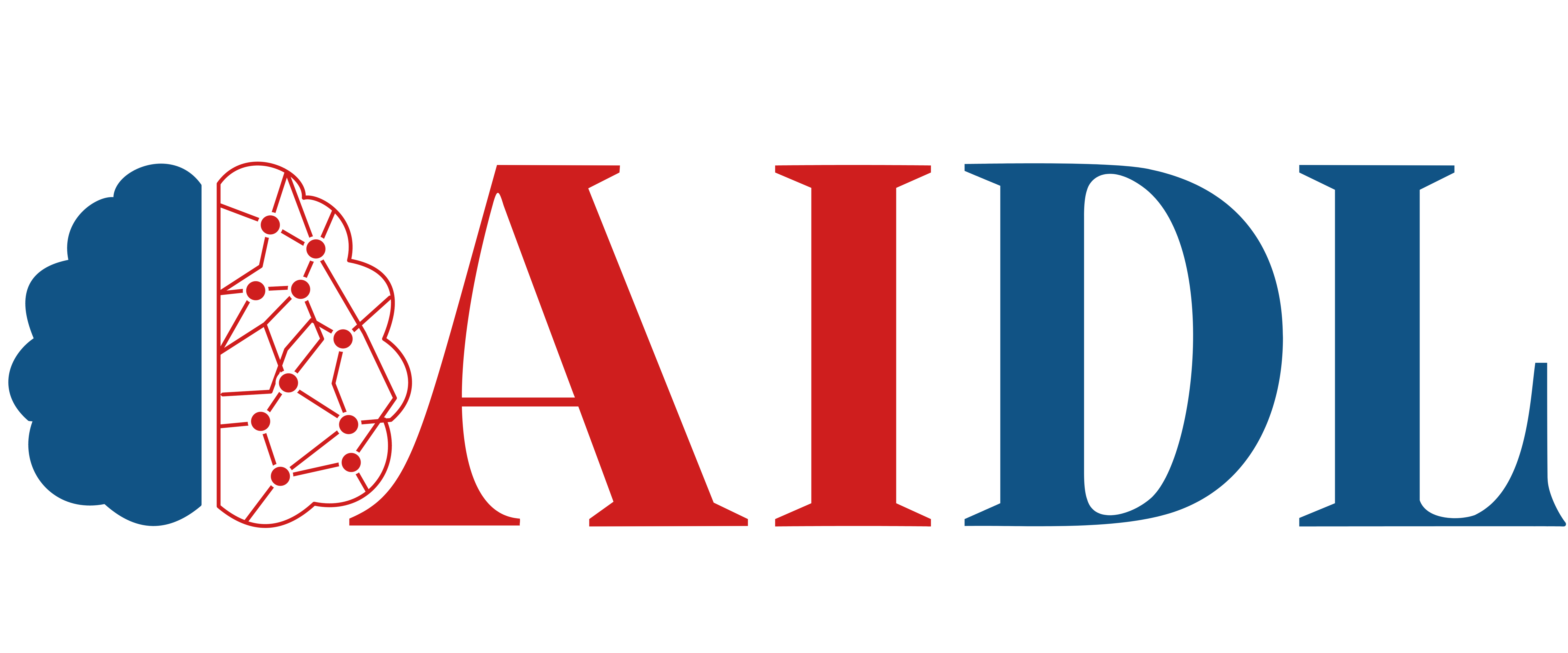
Autonomous vehicles and drones
AIDL_B_AS03
Autonomous vehicles and unmanned area vehicles have entered our daily lives as commercial products from automotivebusinesses such as Tesla as well as via the widespread use of drones for entertainment, surveillance, audiovisual material production, even the delivery of goods. Large companies such as Tesla, Mercedes, BMW, Volvo, Intel, Google, NVIDIA and Amazon are investing huge portions of money in the development of Artificial Intelligence (AI) algorithms in order to solve their biggest challenges, such as autonomous driving. Autonomous driving of vehicles and unmanned aerial vehicles requires advanced motion sensors, positioning systems and telecommunication equipmentas well as the “fusion” of relevant information in the autonomous vehicle and unmanned aircraft control system in external places where operating conditions vary over time. Deep Learning comprises the modern approach of Machine Learning, making use of Artificial Neural Networks for identification of objects/obstacles purposes in autonomous navigation processes.The main aims of this course are to present the architecture of an autonomous vehicle/unmanned aerial vehicle, its critical subsystems (sensors, positioning system, motor/servomotors, motor electronics/servomotors, programming toolchain), the development and evaluation of Model Based Design-Model based programming as well as the application of Deep Learning methods for their control and autonomous navigation.In this course, students will become familiar with state-of-the-art technologies and they will learn to apply, train and improve their own Deep Neural Networks, for the scope of autonomous vehicle navigation.Part of the course notes as well as the toolchain for autonomous driving of vehicles and unmanned aerial vehiclesis based on the teaching material and suggestions which have been developed for this purpose by the NVIDIA Deep Learning Institute (https://developer.nvidia.com/teaching-kits) as well as from the ARM Company (www.arm.com).
- Fundamental Principles of Embedded Systems. Microcontroller architectures, GPUs, CPUs and command repertoires. Principles of design development and programming of an Integrated system. ARM architecture as well as the Jetson Nano platform architecture
- Introduction to Robotics. Introduction to the use of ARM microcontroller platform and Jetson Nano platform
- Co-design of Hardware and software of an Integrated system. Real Time Operating Systems. Introduction to ROS
- Performance characterization and power consumption optimization. Microcontroller peripherals and their interconnection. Input/output units and serial interconnection channels. Interrupt mechanisms
- Motion and positioning sensors. Sonar, Accelerometer, Gyroscope, Camera and Encoders. Technologies for serial interconnection of sensor activators
- Introduction to positioning navigation (Dead Reckoning). Technologies for position detection
- Introduction to control systems. PID control. Servo implementation with DC motor modification and design techniques with Models
- Introduction to Machine Learning and Neural Networks. Lab applications using Jetson Nano
- Anatomy of autonomous vehicles. Programming Tools for an embedded control platformon anautonomous vehicle. Lab exercise for monitoring a line with a small-scale autonomous vehicle.
- Drone Anatomy
- Programming Tools for Embedded Drone Control Platform
- Design of autonomous vehicles/unmanned aerial vehicles
- Design of vehicle/unmanned aerial vehicle control system based on models
- Autonomous vehicle/unmanned aerial vehicle programming and tool chain
- Modeling of autonomous vehicles/unmanned aerial vehicles based on models
This course is using project-based assessment. Students are asked to complete a project on the design and implementation of application (100%) on the following topics:
- The anatomy of a small-scale autonomous vehicle and a Drone. Model based design
- Use of sensors and actuators in autonomous vehicles
- Model based programming of an autonomous small-scale vehicle
- Drone programming
- Distance measurements using stereoscopy based on the NVIDIA Jetson platform
- Autonomous driving of a 1:10 scale vehicle using Machine Learning and NVIDIA Jetson platform
- Apply Deep Learning techniques, specifically using Artificial Neural Networks, to identify and navigate around objects and obstacles in autonomous vehicle and unmanned aerial vehicle (UAV) control systems.
- Gain a comprehensive understanding of the architecture of autonomous vehicles and UAVs, including critical subsystems such as sensors, positioning systems, motors, and motor electronics.
- Develop and evaluate Model-Based Design and programming techniques for autonomous vehicle and UAV control systems, showcasing the ability to design and optimize these systems.
- Leverage cutting-edge technologies and tools for autonomous vehicle navigation, encompassing motion sensors, telecommunication equipment, and programming toolchains, to craft control systems that are both efficient and highly effective.
- Conduct assessments of autonomous control systems under a range of operating conditions, showcasing the capacity to adapt and optimize these systems to effectively address real-world challenges.
- Utilize industry-specific knowledge and tools crafted by organizations like NVIDIA and ARM to improve the development and control of autonomous vehicles and UAVs, thereby making a meaningful contribution to the progress of AI algorithms within this field.
Course Features
Course type: Minor
Semester: 2nd
ECTS: 6
Duration: 13 weeks
Courses: Instructor-led + online
Language: English
Assessment: Project based

Instructors
